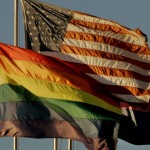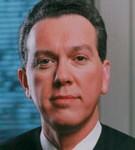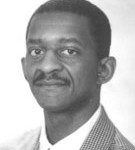Marriage Amendment Was Validly Enacted
The Wisconsin Supreme Court has held that the amendment to Wisconsin’s constitution defining marriage as the union of one man and one woman and prohibiting the recognition of any substantially similar status (Art XIII, sec. 13) was properly enacted. Justice Michael Gableman wrote for a unanimous Court.
The question before the Court was whether the amendment complied with a requirement in the state constitution that voters must be able to vote separately on separate amendments.
Justice Michael Gableman wrote that the legislature may “submit several distinct propositions as one amendment if they relate to the same subject matter and are designed to accomplish one general purpose.” The marriage amendment, in the view of the Court, had one general purpose:
“The first sentence preserves the one man-one woman character of marriage by so limiting marriages entered into or recognized in Wisconsin. The second sentence, by its plain terms, ensures that no legislature, court, or any other government entity can get around the first sentence by creating or recognizing “a legal status identical or substantially similar to that of marriage.”
By way of full disclosure, I (along with Michael Dean L’85) filed an amicus brief supporting the state’s position.
Having said that, the decision seems fully consistent with the (admittedly few) prior cases that have addressed the issue and with our constitutional practice. Our state consitution is full of amendments that consist of multiple propositions aimed at accomplishing a general purposes. That a voter may agree with some, but not all, of these propositions has not rendered these amendments improper.
It is important to keep in mind, however, that this was a decision about the procedure by which the amendment was passed. It did not address the consistency or inconsistency of the Amendment with the federal constitution (McConkey lacked standing to bring such a claim) and did not address the proper interpretation of the amendment.
Cross posted at Shark and Shepherd.



